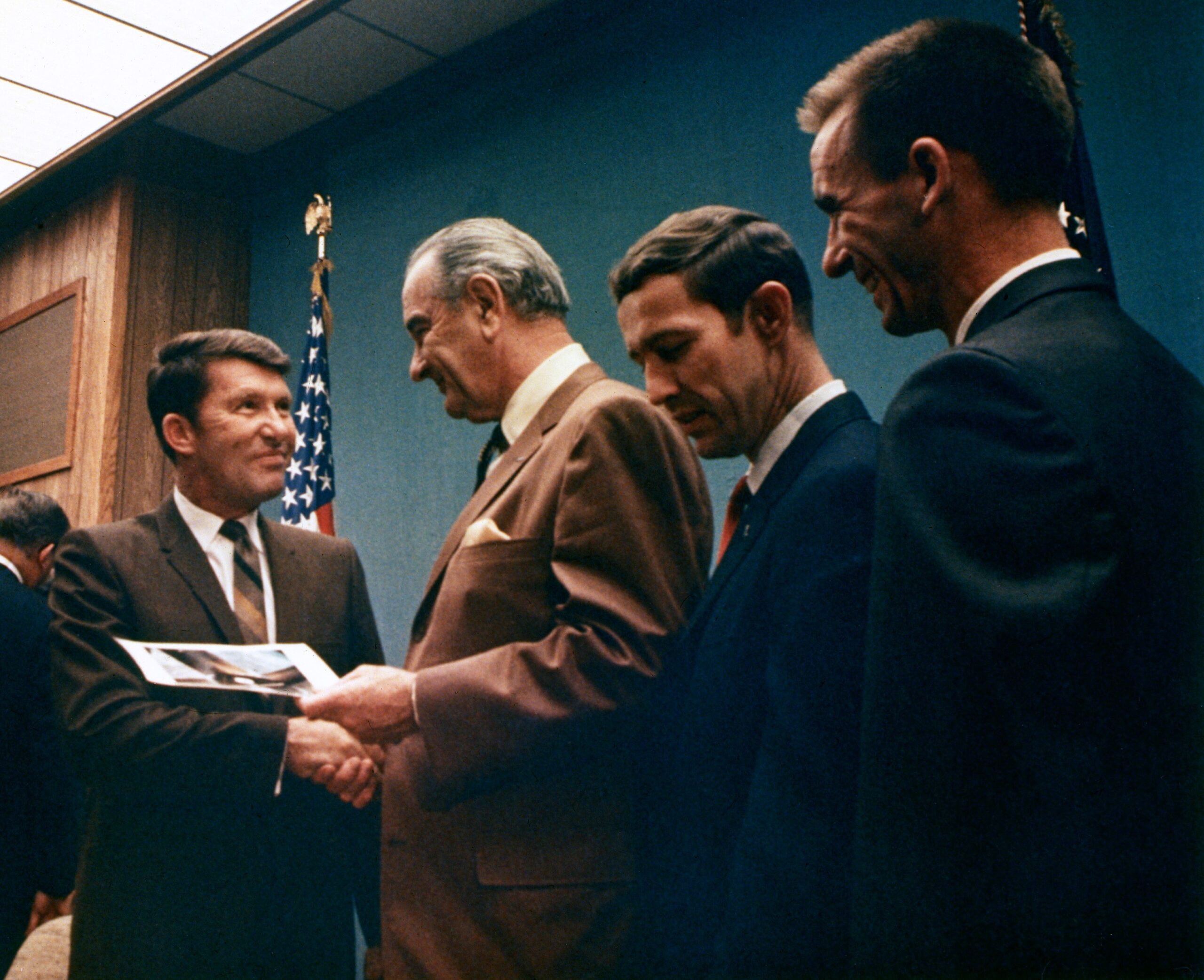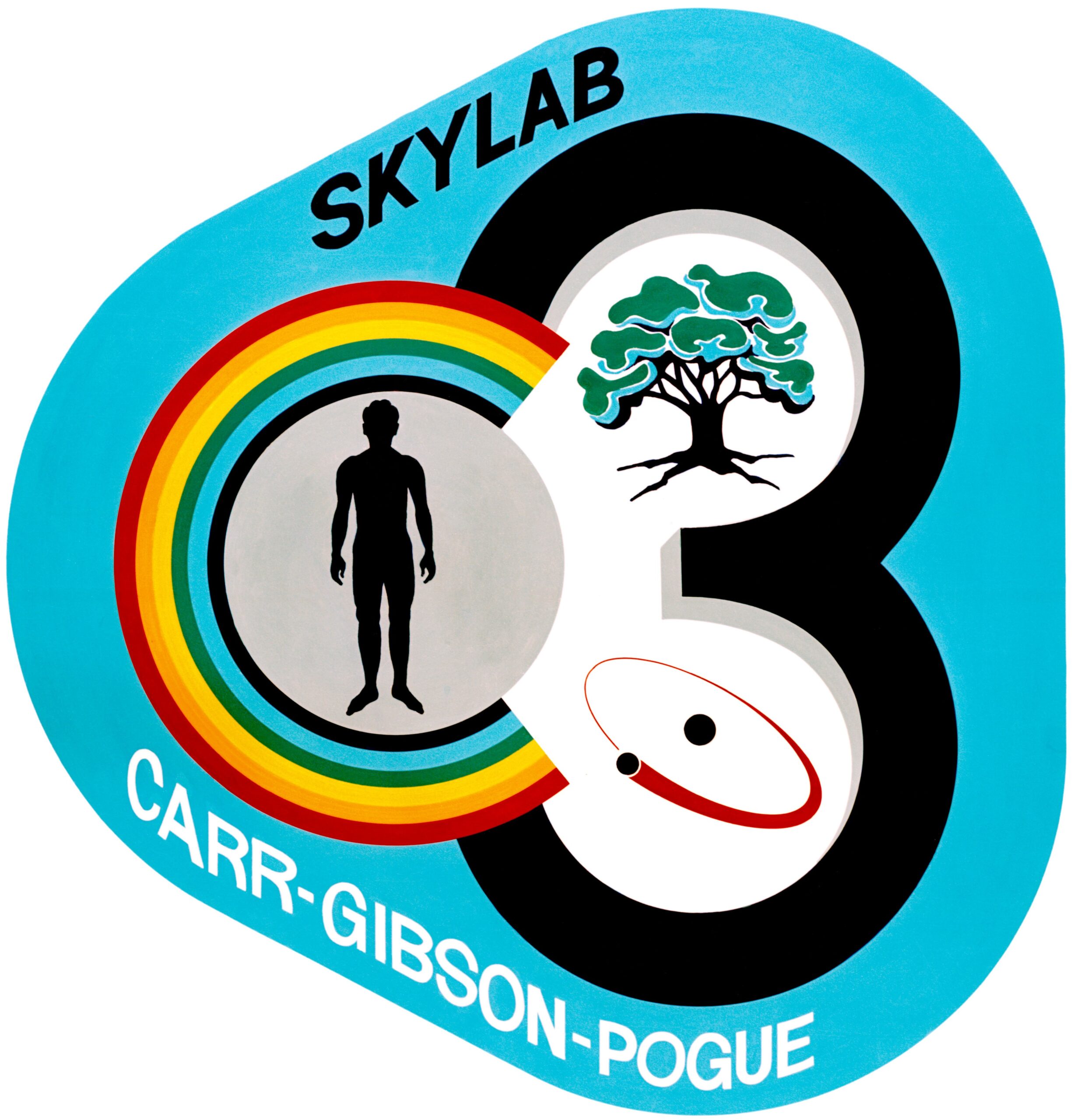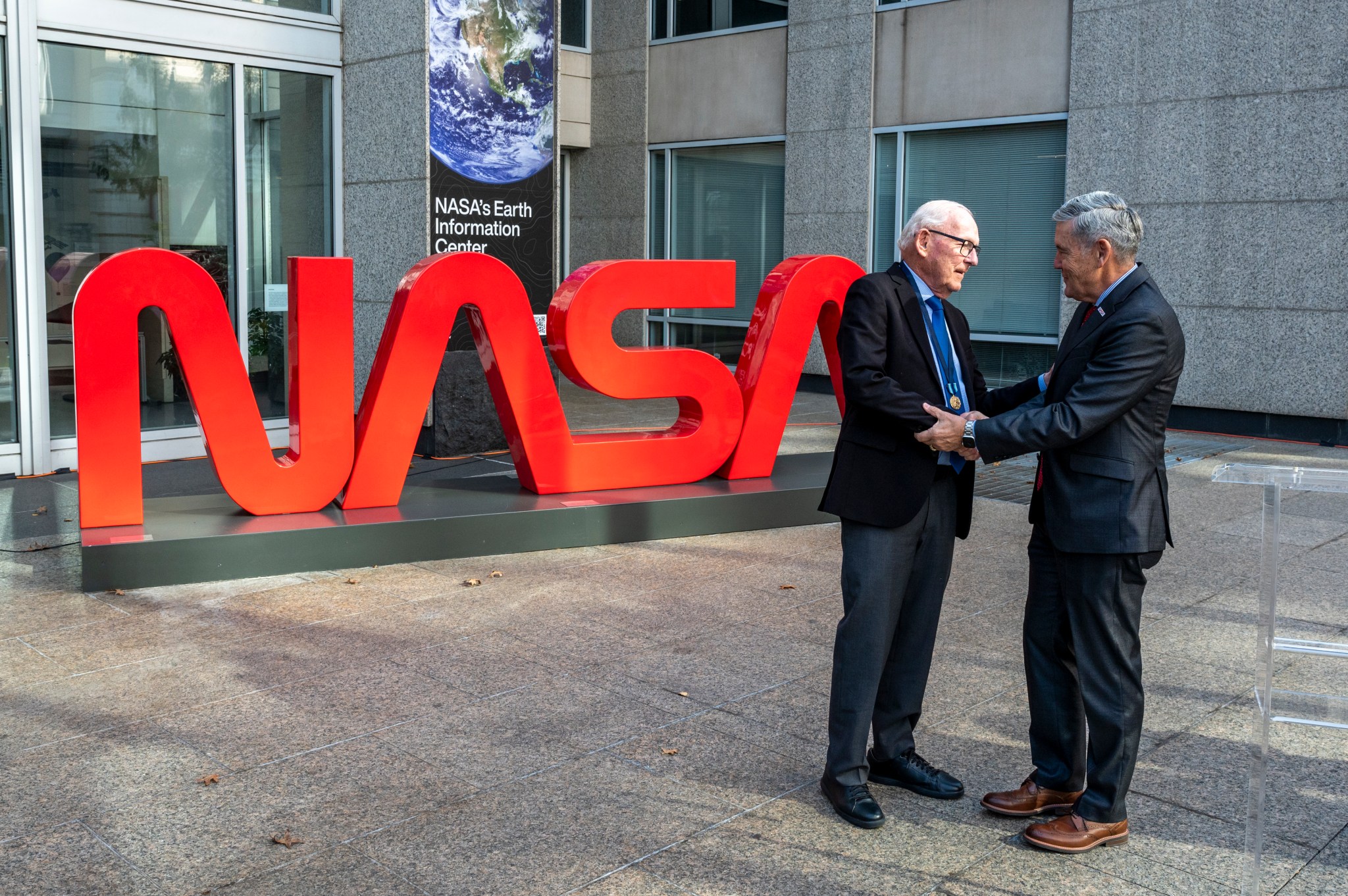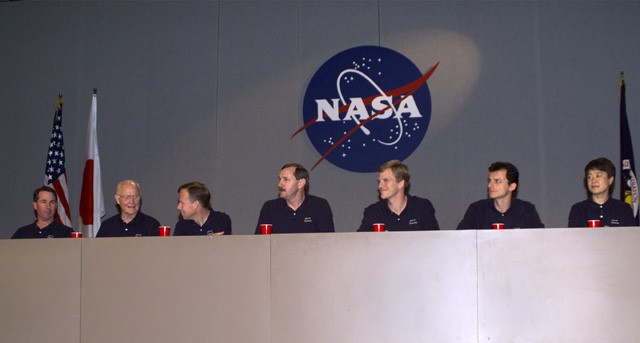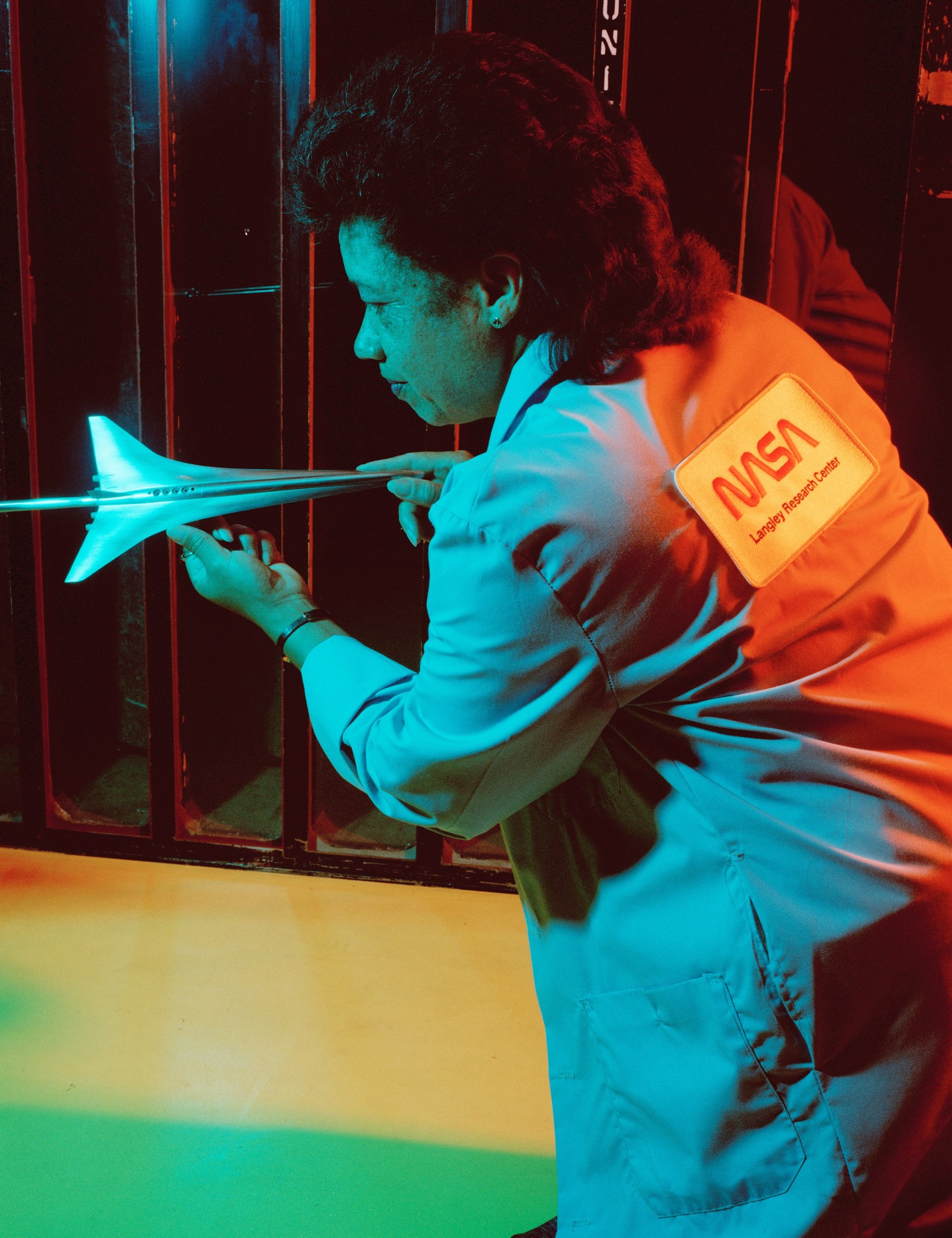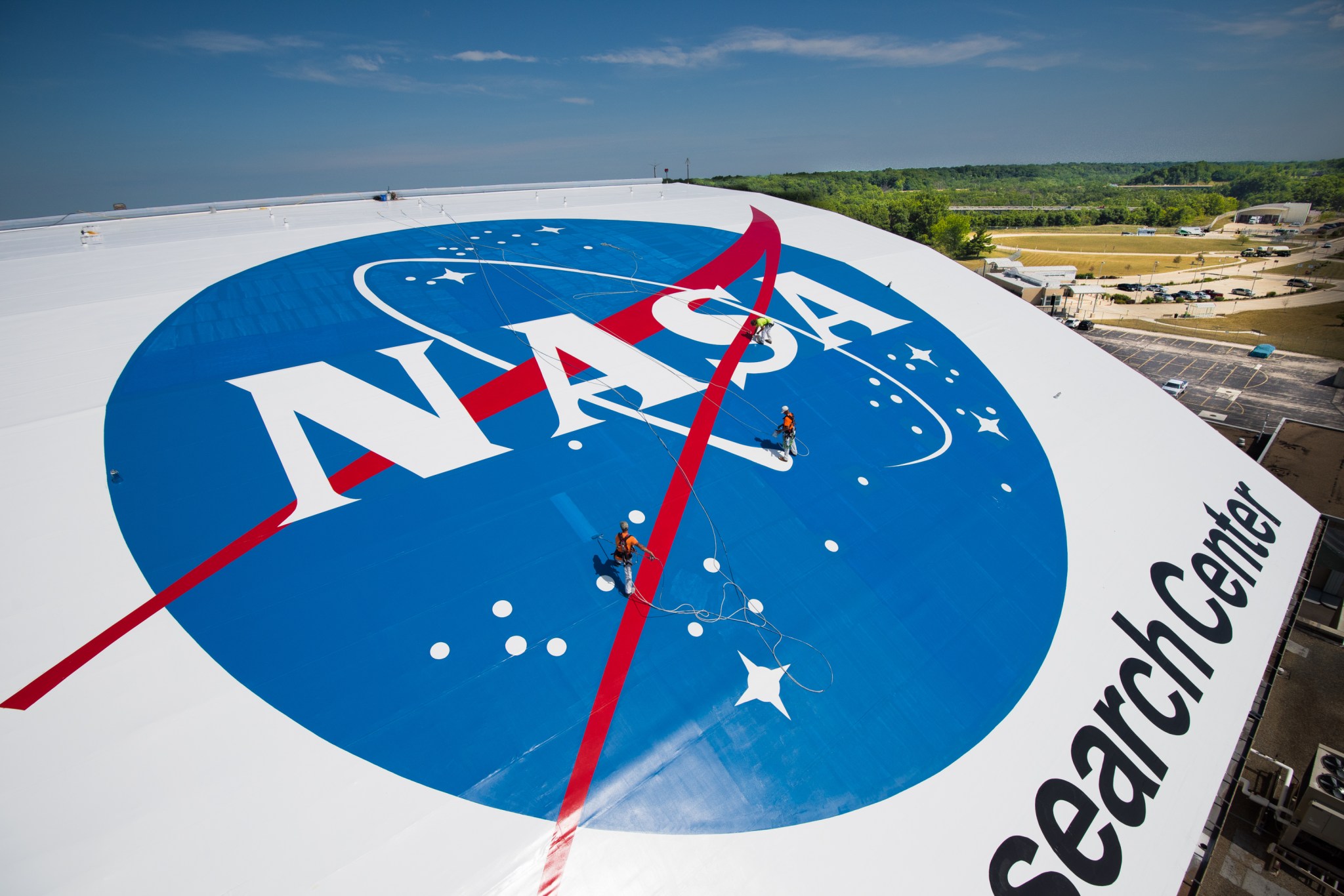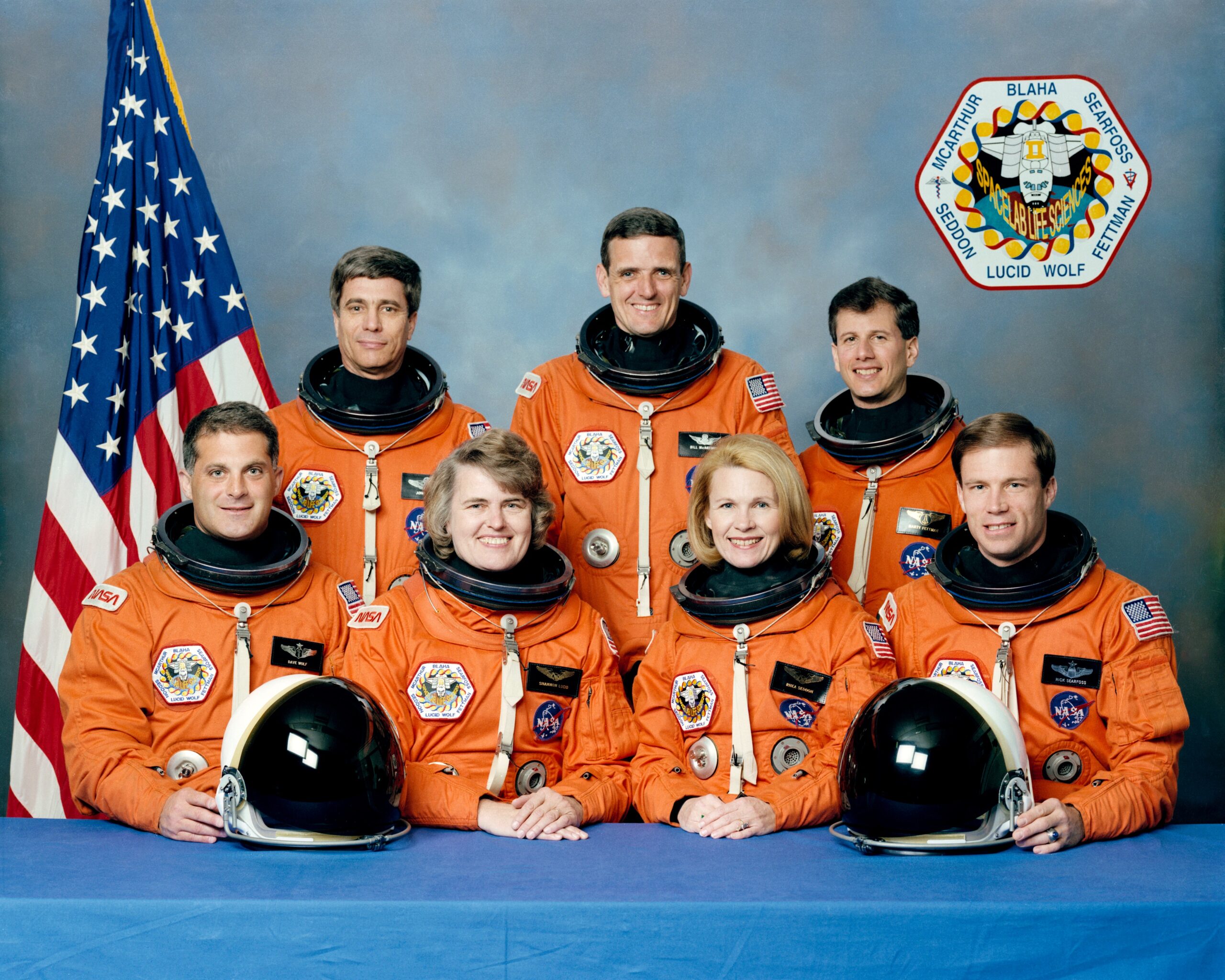NASA is marking 25 years since the first two elements of the International Space Station were launched and joined in space. Today, the space station remains a global endeavor with 273 people from 21 countries now having visited the microgravity laboratory and has hosted more than 3,700 research and educational investigations from people in 108 countries and areas. Left: Launch of space shuttle Endeavour from NASA’s Kennedy Space Center in Florida on the STS-88 mission to deliver the Unity Node 1 module. Middle: The STS-88 crew. Right: The Unity Node…
Read MoreTag: NASA History
Thanksgiving Celebrations in Space
The Thanksgiving holiday typically brings families and friends together in a celebration of common gratitude for all the good things that have happened during the previous year. People celebrate the holiday in various ways, with parades, football marathons, and attending religious services, but food remains the over-arching theme. For astronauts embarked on long-duration space missions, separation from family and friends is inevitable and they rely on fellow crew members to share in the tradition and enjoy the culinary traditions as much as possible. In this most unusual of years when…
Read More55 Years Ago: Eight Months Before the Moon Landing
November 1968 proved pivotal to achieving the goal of landing a man on the Moon before the end of the decade. The highly successful Apollo 7 mission that returned American astronauts to space provided the confidence for NASA to decide to send the next flight, Apollo 8, on a trip to orbit the Moon in December. At NASA’s Kennedy Space Center (KSC) in Florida, the Saturn V rocket and the Apollo spacecraft for that mission sat on Launch Pad 39A undergoing tests for its upcoming launch. In the nearby Vehicle…
Read More50 Years Ago: Launch of Skylab 4, The Final Mission to Skylab
The third and final crewed mission to the Skylab space station, Skylab 4, got underway on Nov. 16, 1973, with a thunderous launch from NASA’s Kennedy Space Center (KSC) in Florida. Docking eight hours later, astronauts Gerald P. Carr, Edward G. Gibson, and William R. Pogue began a planned 56-day mission that program managers extended to a record-breaking 84 days. During their first month, as they adjusted to weightlessness and their new surroundings, they completed the first of four spacewalks. They began an extensive science program, investigating the effects of…
Read MoreWorm Designer Receives NASA’s Exceptional Public Achievement Medal
4 min read Worm Designer Receives NASA’s Exceptional Public Achievement Medal NASA Associate Administrator Bob Cabana, right, shakes hands with Richard Danne after awarding him the Exceptional Public Achievement Medal for his outstanding achievement in creating the NASA worm logotype, Monday, Nov. 6, 2023, at the Mary W. Jackson NASA Headquarters building in Washington. NASA/Keegan Barber NASA Associate Administrator Bob Cabana presented an award to Richard Danne Monday for his outstanding achievement in creating the NASA worm logotype and inspiring the world through the medium of design for the benefit…
Read MoreNASA Administrator Remembers Apollo Astronaut Thomas K. Mattingly II
<!– –> To view this video please enable JavaScript, and consider upgrading to a web browser that supports HTML5 video The following is a statement from NASA Administrator Bill Nelson on the passing of former NASA astronaut Rear Adm. (ret.) Thomas K. (TK) Mattingly II. “We lost one of our country’s heroes on Oct. 31. NASA astronaut TK Mattingly was key to the success of our Apollo Program, and his shining personality will ensure he is remembered throughout history. “Beginning his career with the U.S. Navy, TK received his wings…
Read More25 Years Ago: STS-95, John Glenn Returns to Space
On Oct. 29, 1998, NASA astronaut John H. Glenn made history again when he returned to space aboard space shuttle Discovery’s STS-95 mission, nearly 37 years after becoming the first American in orbit during his February 1962 Friendship 7 mission. The seven-member STS-95 crew consisted of Commander Curtis L. Brown, Pilot Steven W. Lindsey, Mission Specialists Stephen K. Robinson, Dr. Scott E. Parazynski, and Pedro F. Duque of the European Space Agency, and Payload Specialists Dr. Chiaki Mukai of the National Space Development Agency of Japan, now the Japan Aerospace…
Read MoreJoin NASA to Celebrate Worm Design, Influence with Original Designer
2 min read Join NASA to Celebrate Worm Design, Influence with Original Designer Dr. Christine Mann Darden holding a model of Mach II in the Unitary Tunnel at NASA’s Langley Research Center on Aug. 18, 1990. Darden is pictured in a lab coat with a NASA ‘worm’ logotype patch across her back. NASA / Carol Petrachenko Chapman Media are invited to hear a discussion on the design and cultural significance of the worm logotype with NASA and its creator Richard Danne at 11:30 a.m. EST on Monday, Nov. 6, at…
Read MoreGlenn Hangar Has Long Been the Face of the Center
4 min read Glenn Hangar Has Long Been the Face of the Center Painters completing work on NASA Glenn Research Center’s new hangar roof design in July 2016. It was the first time that the roof featured an insignia. Credit: NASA/Bridget Caswell The Flight Research Building, or hangar, at NASA’s Glenn Research Center in Cleveland has not only housed the center’s aircraft and Flight Operations team for decades, but has also served as a visual representation of the center for the public. NASA has taken advantage of the hangar’s size…
Read More30 Years Ago: The STS-58 Spacelab Life Sciences-2 Mission
On Oct. 18, 1993, space shuttle Columbia lifted off in support of the STS-58 Spacelab Life Sciences 2 (SLS-2) mission to conduct cutting edge research on physiological adaptation to spaceflight. The seven-member crew of STS-58 consisted of Commander John E. Blaha, Pilot Richard A. Searfoss, Payload Commander Dr. M. Rhea Seddon, Mission Specialists William S. McArthur, Dr. David A. Wolf, and Shannon M. Lucid, and Payload Specialist Dr. Martin J. Fettman, the first veterinarian in space. Dr. Jay C. Buckey and Laurence R. Young served as alternate payload specialists. During…
Read More